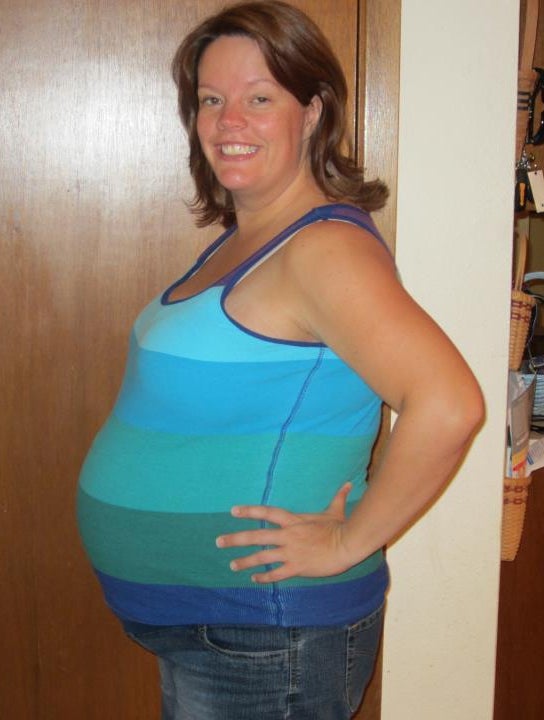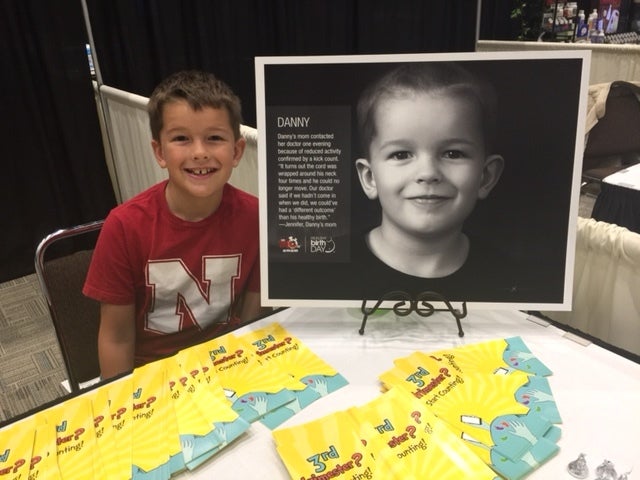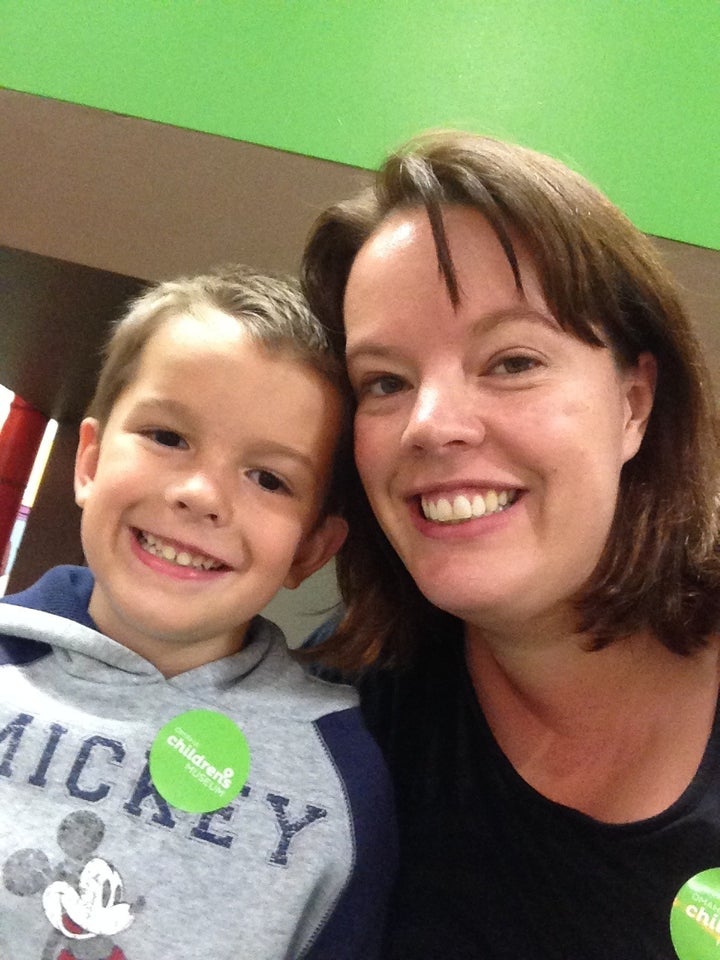A routine appointment with my doctor turned out to be one of the most important moments of my life. I was lucky enough to be in the right place at the right time, and obtained information that saved my son's life. The unexpected part is that this big moment didn’t happen in the exam room, it happened in the waiting room.
I was at a routine checkup about mid-way through my second pregnancy. My doctor left for a delivery and I was given the option to wait or reschedule. I decided to wait, and chose to entertain myself by reading every pregnancy, birth, and motherhood magazine and brochure I could get my hands on.
It was during this time that I read something that would save my child’s life. I read an article that spoke to the importance of kick counts, and how reduced fetal movement could be an indication of fetal distress. My clinic had discussed kick counts with me during my previous pregnancy, but honestly, I didn’t get it. I thought the purpose of kick counts was to determine if the baby was still alive. As long as I felt the baby move at one point during the day, I figured all was well. This was the first time I realized that kick counts were really an empowering tool to not only monitor my baby’s health, but also an amazing way to bond with my baby. From that point on, I committed to doing regular kick counts the rest of my pregnancy.

I knew that my baby was most active after dinner, so I used that time as my opportunity to sit back and count the kicks. In my 37th week of pregnancy, my kick count didn’t go as expected. The guideline says a woman in her last trimester should feel at least ten kicks within a two-hour period, and movements do not slow down as the due date approaches. It was not unusual for me to count ten kicks (twists, jabs, pokes and flicks included) within a half hour period. On this particular evening, it had been over an hour and I had only counted one kick. As we approached hour two with no additional movements, I started to worry. I had an appointment scheduled for the next morning, and I considered just going to bed and talking to my doctor about it then. It was now late in the evening and I didn’t want to bother her. But luckily, I remembered the article. I also remembered my doctor telling me --- in no uncertain terms --- that if I was ever concerned about baby to call her. She said it was her job to determine if we should be worried, not mine.
When I contacted my doctor and told her about the kick count, she told me to immediately go to the hospital. Once I got to the hospital they put me on a monitor and I cried with relief when I heard my baby’s heartbeat. The nurses began numerous attempts to get the baby to move including giving me orange juice, changing positions, and they even put a buzzer up to my belly to wake baby if he was asleep. Nothing worked. The next step was a biophysical profile, which is a non-stress test with electronic fetal heart monitoring and a fetal ultrasound. The doctor told me the biophysical profile indicated they needed to immediately deliver the baby.
Things happened quickly upon the decision to deliver. I was swarmed by nurses and prepped for surgery. Upon my son's birth, just a few short hours after my kick count, it was discovered that the umbilical cord was wrapped around my son’s neck four times. My doctor told me if I had not come in when I did, we would have likely had a different outcome than his healthy birth.
My son Danny is now a kind and loving 8-year-old boy. This year, he made the finals of the spelling bee and we took him to his first major league baseball game. I am well aware that every moment with this sweet boy is a gift. Danny loves to hear about when he was “stuck in my belly” but Mom knew to call the doctor right away. It is very special that he now joins me when we deliver Count the Kicks materials to doctors' offices and attend other events promoting this important message. How incredible to think this little boy wouldn’t be here if I hadn’t known about Count the Kicks. As I reflect on all I am thankful for this holiday season, I count my blessings that I knew to count kicks.


Five brave women from Iowa who lost their own babies to stillbirth started the Count the Kicks public awareness campaign. They discovered the connection between stillbirth and reduced fetal movement, and chose to share that knowledge. Something so simple --- and free --- Count the Kicks has made it even easier for moms to track movements by providing a free app on both Apple and Android devices. It’s available in English and Spanish and it can even keep track of twins and record kick count history.
Count the Kicks has been successful in states across the country to reduce the number of stillborn babies. In Iowa alone, the stillbirth rate has dropped by 26 percent since the introduction of Count the Kicks eight years ago. That’s hundreds of babies saved! Even if it can save just one baby like it saved my son Danny, then it is a message that needs to be shared. When moms know, they can save.
If you know someone who is expecting, please introduce them to Count the Kicks. You may feel hesitant because you don’t want to scare them or remind them of what can go wrong. However, this message could be what empowers them and eases their worries. This message could be what saves their child’s life. Please help us spread the message of Count the Kicks.
_____________________________________________________________________________
Jennifer McCune is a Count the Kicks Ambassador located in South Dakota. Count the Kicks currently has Ambassadors in 18 states advocating the importance of tracking fetal movement. To learn more about our organization, follow us on Facebook, Twitter and Instagram.